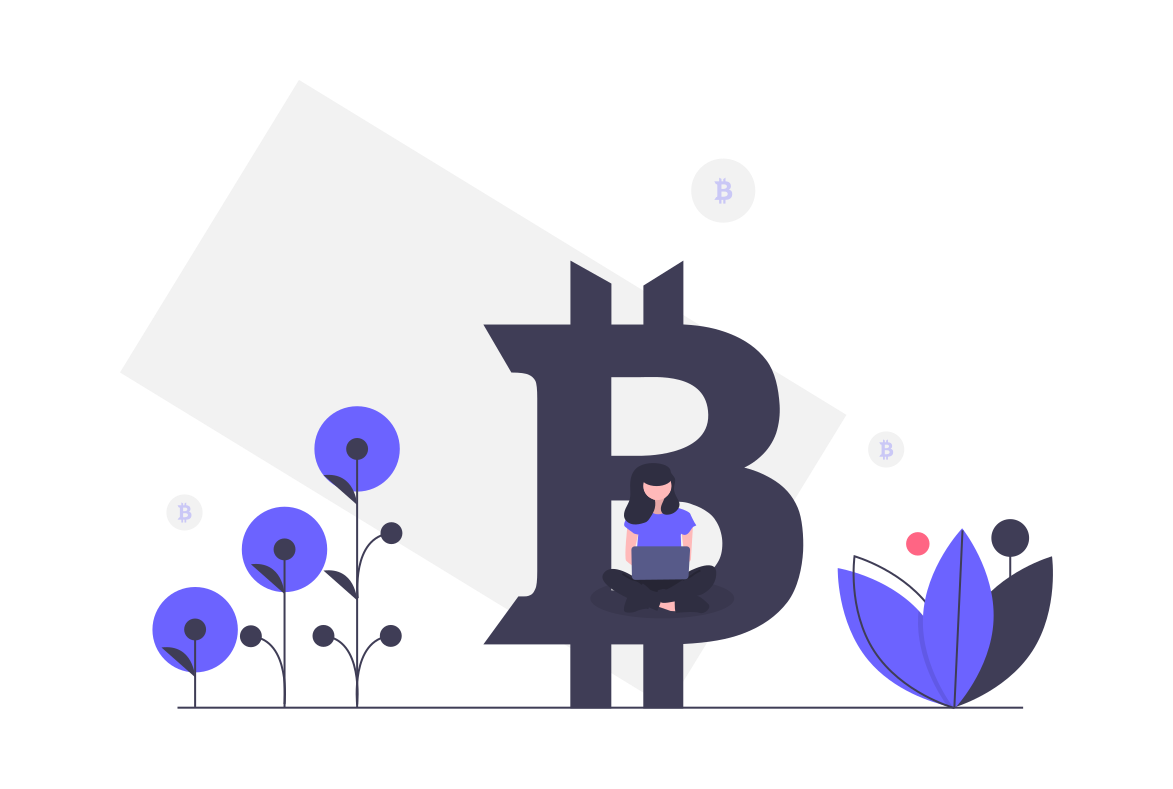Since its emergence, Blockchain Technology has been often hailed as the fourth industrial revolution. Blockchain has become synonymous with crypto assets. However, there is a lot more to blockchain technology than just cryptos. Bitcoin, the most popular use case of blockchain, is the first globally-dictated application of the technology and has contributed immensely towards making blockchain mainstream. Today, the realm of blockchain has expanded to incorporate the entire digital asset ecosystem and is all set to overhaul the world of financial transactions in the times to come. Read on to find out about blockchain technology and its intertwining applications in the digital asset ecosystem.
What Is The Digital Asset Ecosystem?
In simple words, the Digital Asset Ecosystem refers to the world of data files being stored electronically. One can ascertain ownership rights on these files and use them as currencies, either to conduct transactions or use them as a source to store digital content such as contacts, videos, etc. The digital asset ecosystem includes crypto assets, non-fungible tokens (NFTs), and stablecoins.
Since the advent of Bitcoins in 2009, the digital currency sector has continued to expand at a staggering pace. Today, it has reached a point where it is moving into newer areas, such as artwork (via NFTs), banking, healthcare, gaming and real estate.
How Does The Digital Asset Ecosystem Work?
Under this framework, investors can access traditional assets digitally and incur lower expenses while dealing with them. The system allows professional investors to obtain exposure to numerous fields of crypto, such as yield farming and NFT-based blockchain gaming.
What then is Blockchain Technology?
A blockchain is a shared and distributed database that holds a continuously growing log of transactions in chronological order. In other words, the data structure is a ledger that may include digital transactions, data records, and executables. Transactions are grouped into bigger formations known as blocks. Further, these blocks are time-stamped and cryptographically connected to previous blocks to build a chain of records. These records then determine the order in which events occur.’ Apart from expressing the data structure, the phrase “blockchain” is often used in the literature to define digital consensus systems, algorithms, and domains of applications built on such architectures.
How Does Blockchain Technology Work?
The main objective of blockchain is to record and distribute digital information without editing. Blockchain keeps a record of transactions that cannot be edited, altered, or deleted. Blockchain consists of three technologies, namely:
- Private cryptographic keys
- A distributed network containing a shared ledger
- Means of computing to record transactions and for security.
Let’s understand the working of the blockchain technology with the help of its most popular use case – Bitcoin –
- Firstly, any transaction of Bitcoins, be it a sale or purchase, is stored over a powerful server called nodes.
- The powerful computers of nodes then validate the transaction using complex algorithms. This process of validating the transactions is known as Bitcoin mining.
- Upon confirmation of the transaction, it is recorded and added to the block on the distributed ledger.
- The block is then permanently chained on the distributed ledger with previous transactions using encryption called a ‘hash’ encryption. Post this, the transaction is realised.
So, this is how a digital asset transaction happens using blockchain technology.
Benefits of Using Blockchain Technology for Digital Assets
Blockchain technology helps create unique digital assets, transcending liquidity, speed, and transparency experienced while dealing with physical assets. It also results in a reduction of costs associated with these assets. Outlined below are the benefits of using blockchain technology within the digital asset ecosystem –
- Transparency: Blockchain technology provides a transparent record of transactions that cannot be altered or deleted.
- Eliminates Trust Issues: Due to its highly transparent nature, blockchain technology eliminates the need to trust any individuals or groups acting as an intermediary in the transaction.
- High Speed: By maintaining a log of all transactions in a distributed digital ledger, blockchain technology accelerates the pace of settling transactions.
- High Accessibility: Since blockchain technology operates in a decentralised space, it makes the digital assets highly accessible to a wide array of systems.
- Democratised Process: The addition of every new block to the chain requires a consensus, thereby disallowing any player from exercising dominating control.
Conclusion– The digital assets backed by blockchain technology are expected to redefine today’s traditional asset structures. It is expected to lead us to a world where we will be tokenising real estate and commodities for simpler digital exchange. Moreover, it is also expected to change the way we do financial transactions. Digital assets offer us more freedom in storing, transferring, and accruing value by enabling the creation of transparent asset structures. If you are also planning to invest in digital assets by way of crypto assets or planning to build your wealth by trading them, start trading on Zebpay.

